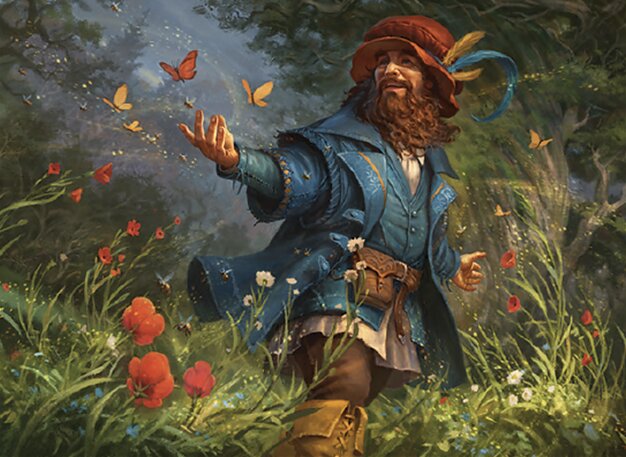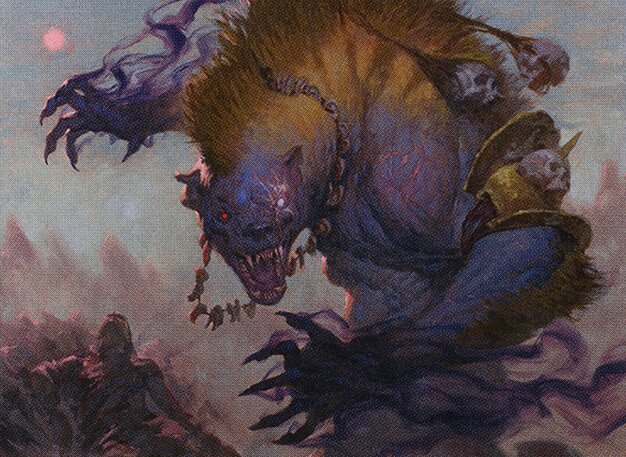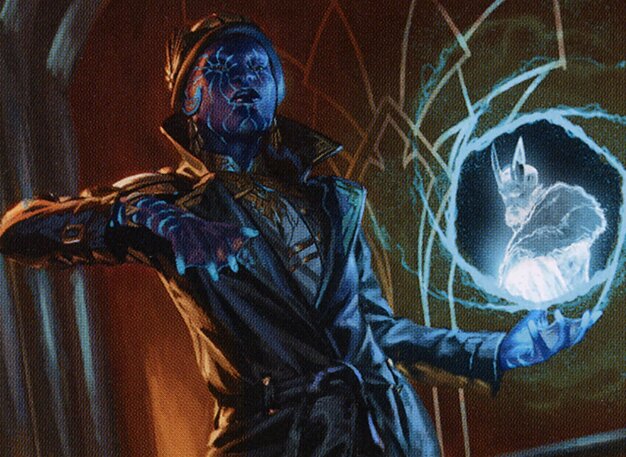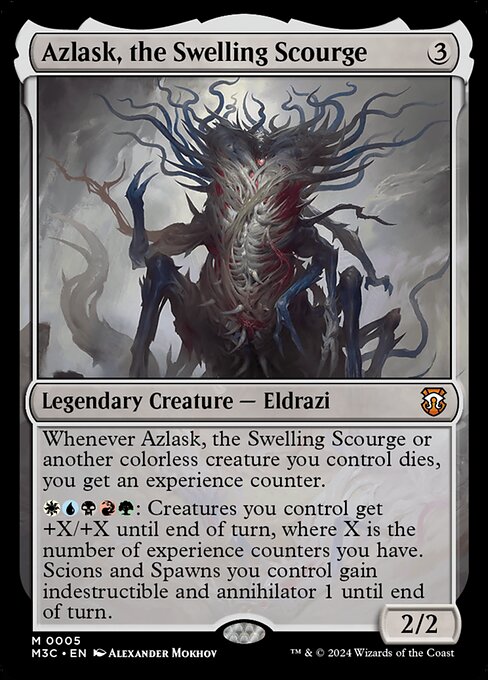Deck & Commander Strategies

Tom Bombadil
A simple aggro deck focused on leveraging a strong 4/4 commander to apply early pressure and quickly reduce opponents’ life totals.

Targ Nar, Demon-Fang Gnoll
A control-oriented deck that uses demand-based exile effects to disrupt opponents' creatures and maintain board control.

Kamiz, Obscura Oculus
A card draw-focused deck aiming to generate value by drawing cards whenever a target is chosen, enabling combo potential or overwhelming resource advantage.

Azlask, the Swelling Scourge
Likely a synergistic or midrange deck that benefits from creatures growing or gaining buffs, enhancing board presence over time.
Gameplay Insights
- 1
Players embraced the Sharpie Commander format’s flexible and chaotic nature by creatively modifying their commanders to fit unique themes and mechanics.
- 2
Tom Bombadil’s raw aggression provided a clear, straightforward win condition contrasting with the more complex control and draw strategies.
- 3
Kamiz’s card draw on targeting proved a key engine for generating value, emphasizing the importance of resource advantage in this game.
- 4
Demand-based exile effects introduced negotiation and strategic decision-making around creature removal.
- 5
The format’s allowance for interpretive rules and altered card text encouraged adaptive gameplay and inventive interactions.
Notable Cards
-

Tom Bombadil
-

Targ Nar, Demon-Fang Gnoll
-

Kamiz, Obscura Oculus
-

Azlask, the Swelling Scourge
Gameplay Summary
The game began with players creating and customizing their commanders using Sharpie modifications, resulting in unique and often humorous card effects that shaped their strategies.
Tom Bombadil emerged as a straightforward aggressive threat with a 4/4 body, focusing on beating down opponents quickly.
Targ Nar, Demon-Fang Gnoll featured a demand-based exile ability, adding control elements.
Kamiz, Obscura Oculus leveraged card draw triggered by targeting mechanics, aiming to fuel a combo or value engine.
Azlask, the Swelling Scourge was not fully detailed but presumably contributed additional synergy or pressure. Early turns saw cautious board development, with some players setting up graveyard recursion or removal while others prepared to ramp or draw cards.
The combination of altered card texts and commanders led to unpredictable interactions, including creatures gaining indestructible and power/toughness doubling effects.
The unique Sharpie format encouraged creative play and adaptation as players navigated the constantly shifting rules and card functions.
The game’s momentum hinged on the players' ability to maximize their modified commanders' strengths, with card draw and board presence proving pivotal.
While the transcript cuts off before the conclusion, it is clear that aggressive combat and strategic resource management were key themes, with Tom Bombadil’s straightforward aggression and Kamiz’s card draw engine standing out as notable forces.









































![Battle for the One Ring, ft. Frodo, Bilbo, Tom, and Gandalf [EDH/Commander Gameplay 2023] thumbnail](https://i.ytimg.com/vi/eBY9qYO50o4/sddefault.jpg)


